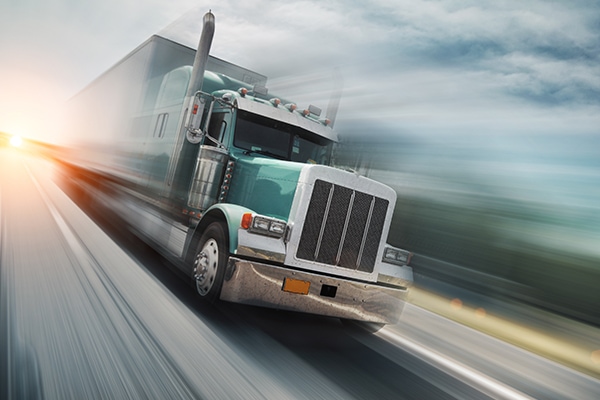Shipment Speed and Size: Why It Matters

The 2023 holiday season outlook is a bit more “merry and bright,” according to a recent DHL survey of 800 U.S. small and mid-sized enterprises (SMEs), as respondents anticipate an increase in ecommerce buying activity over last year.
Overall, the survey findings suggest that while challenges—such as inflation and supply chain disruptions—persist, a majority of SMEs are optimistic about the holiday season and the global trade market going into 2024. That means growth in faster fulfillment.
Any harbinger of good economic news is welcome. Other factors that spur the growth of ecommerce shipping and the increasing calls for smaller shipments and delivery velocity are not directly related to the state of the U.S. economy.
One would be, I hate to say it, the Amazon effect on culture, specifically on retail and industrial consumer buying behavior and expectations. Seasonal fluctuations in buying and resultant shipment levels aside, consumers of all types have been acculturated to expect near-immediate delivery. The Amazon fulfillment model has bled over into normal business expectations.
Another reason for the speed and size trend is the impact of inflation and economic uncertainty on held inventory levels. To that point, several surveys show increasing use of less-than-containerload (LCL) and less-than-truckload (LTL) shipment delivery choices. Those modes are typically more expensive than full container or truckload, so why is that happening? It’s a balancing act between paying more for transportation and limiting downside risk on holding too much—or the wrong kind of—inventory. Both LCL and LTL open up the ability to better match demand to your supply chain.
A third reason is the convergence of AI and supply chain operations and intelligence. It’s in the preliminary stages, but already shows how fast fast can be, and how exact inventory investment can result in better customer service.
Amazon recently announced a warehouse overhaul initiative that uses AI to drive robots. Amazon expects the program, known as Sequoia, to improve the speed of storing and then finding products by up to 75% and then kick up order fulfillment by 25% while cutting costs significantly.
In addition to automation, Amazon has built out more regional hubs. “We’ve re-evaluated every part of our fulfillment network over the last year,” said CEO Andy Jassy. “We obviously like the results, but don’t think we’ve fully realized all the benefits yet. And when customers receive items quickly and conveniently, they’re going to consider us more frequently.”
Is this sustainable? Can Amazon competitors use the same playbook? Yes, and they have to because the call for smaller, closer, and faster shipments by industrial and consumer buyers will continue unabated.

